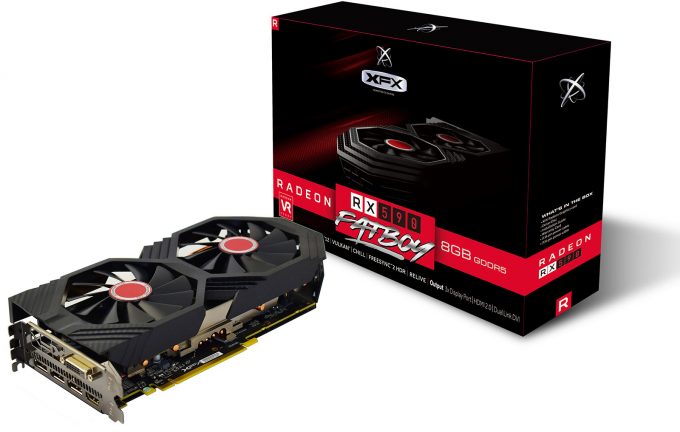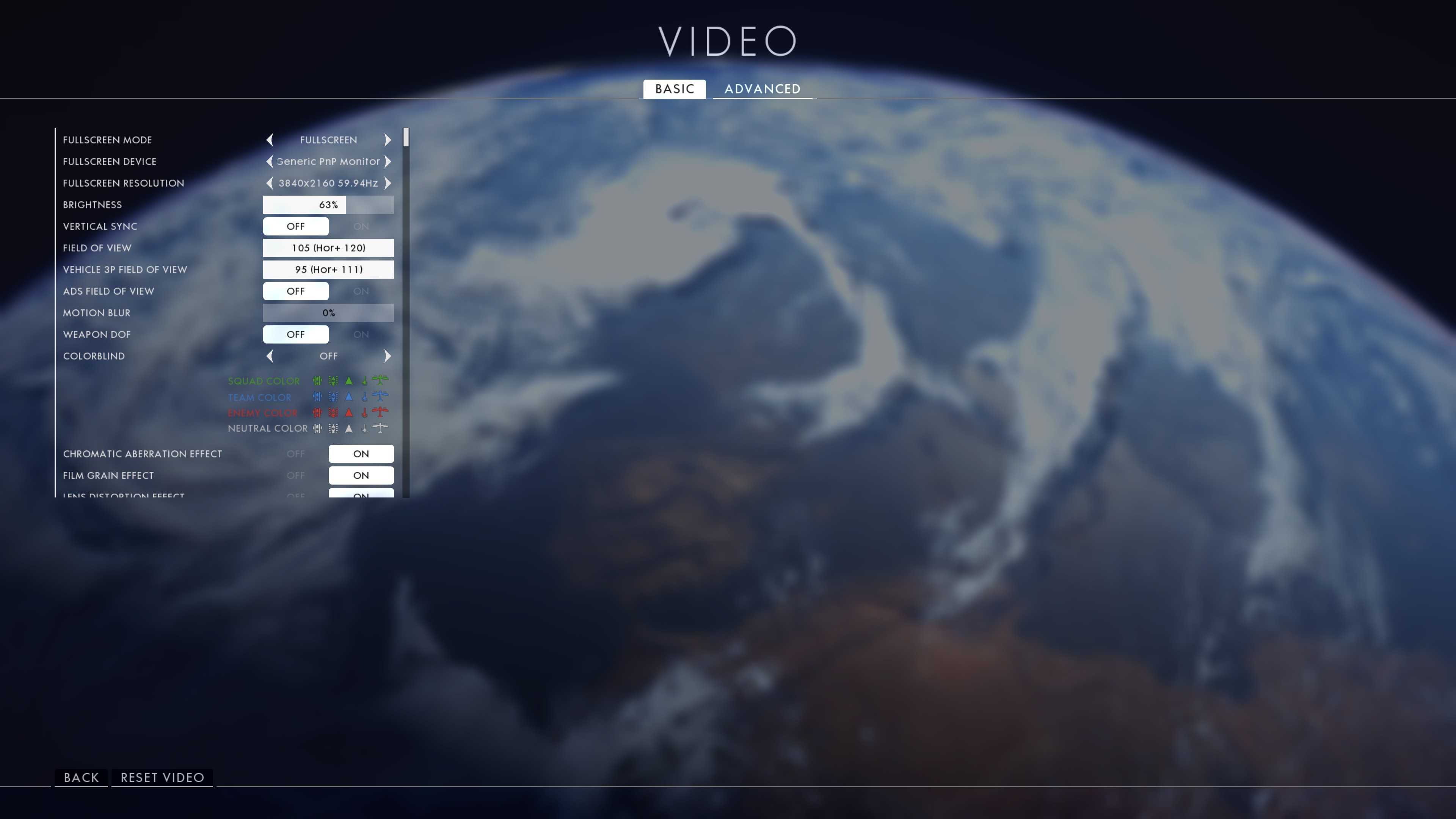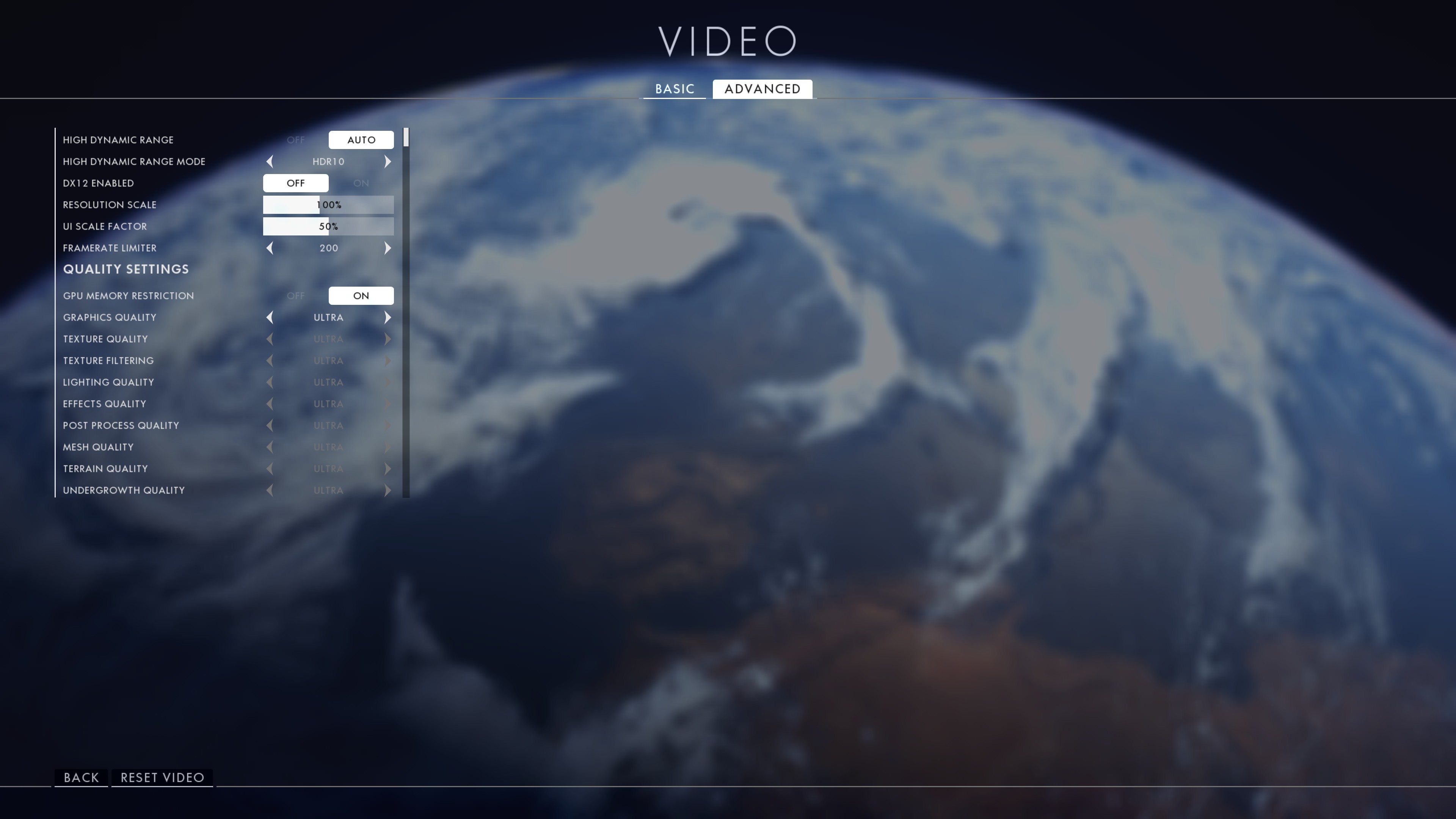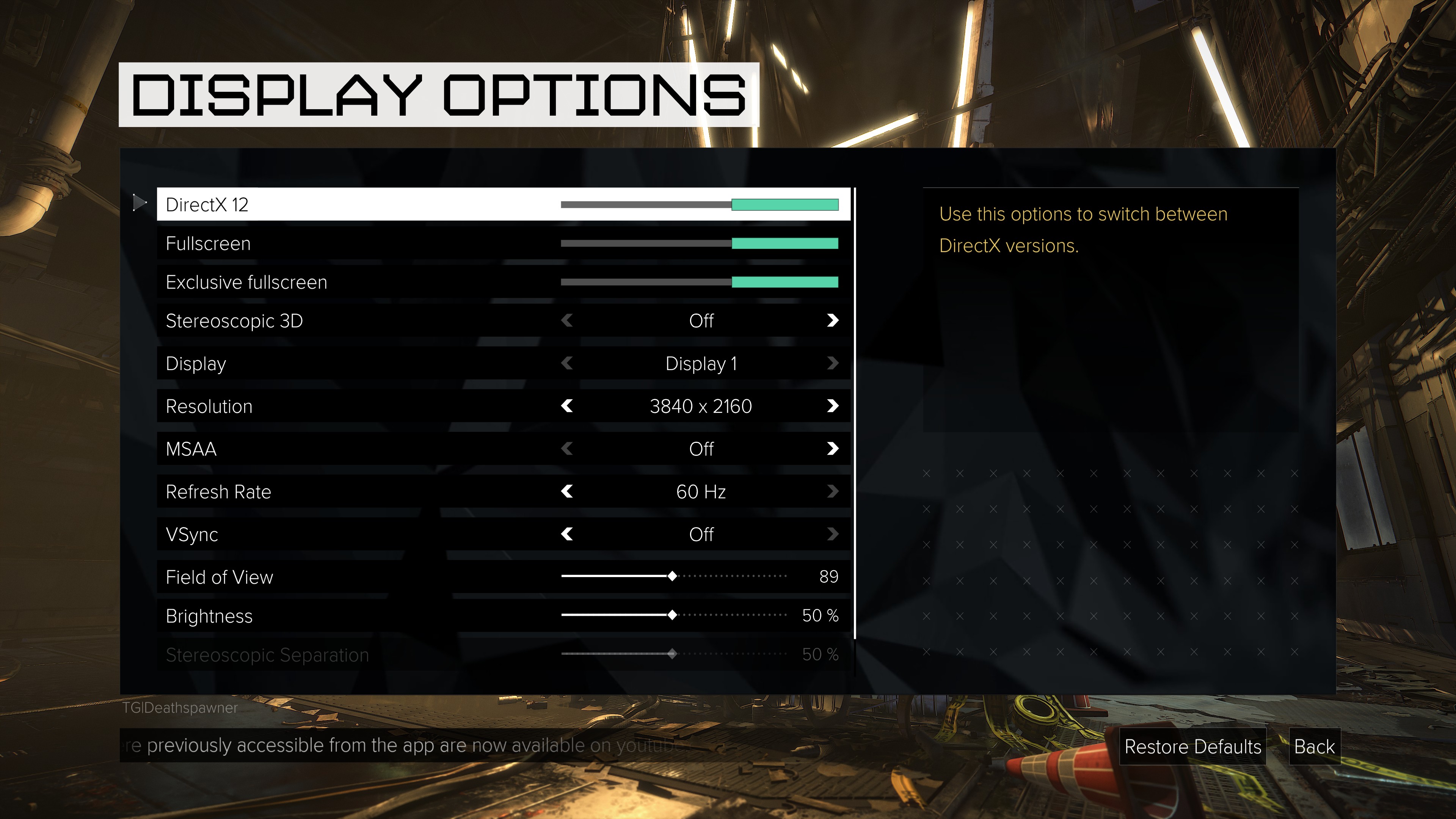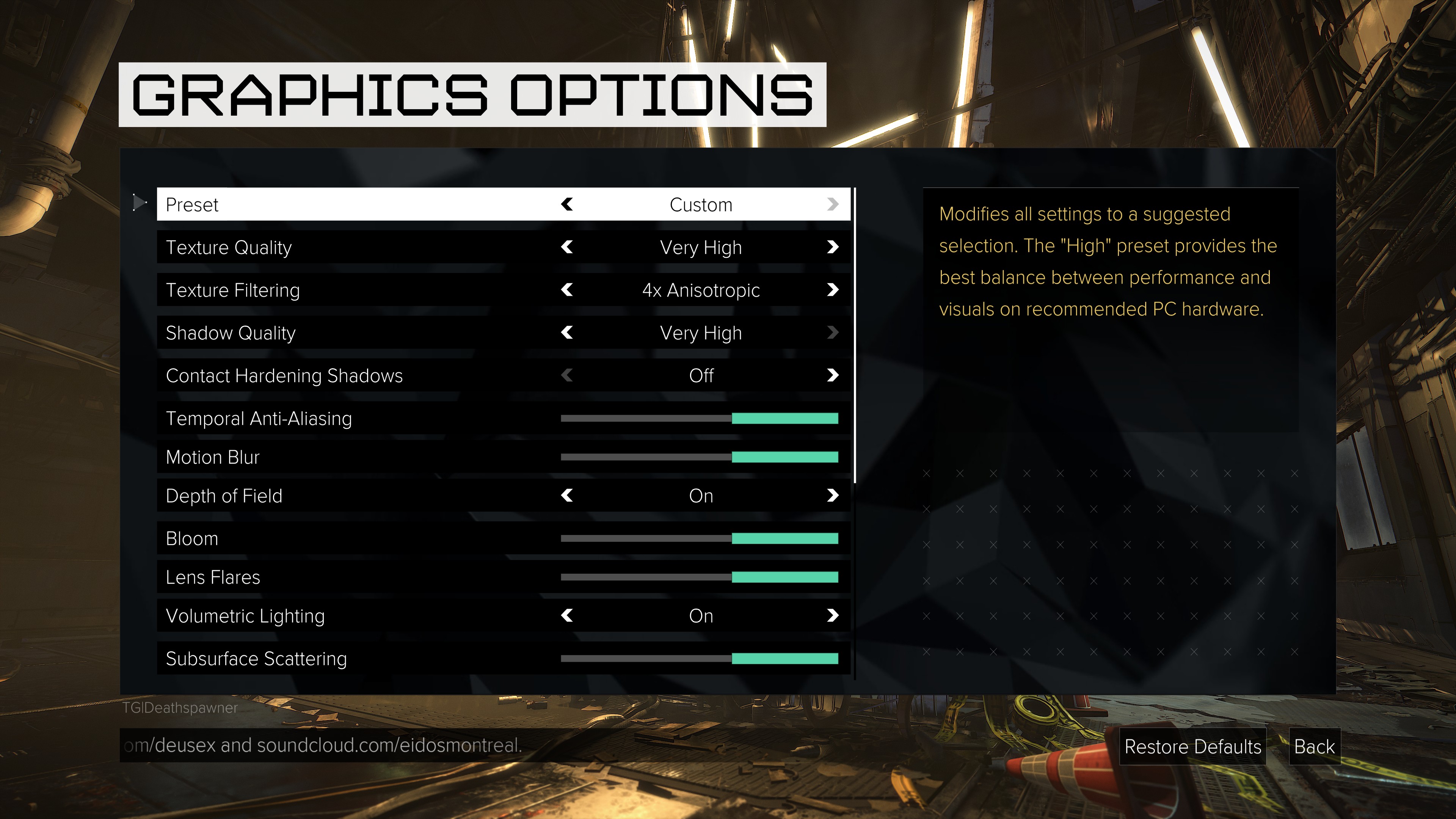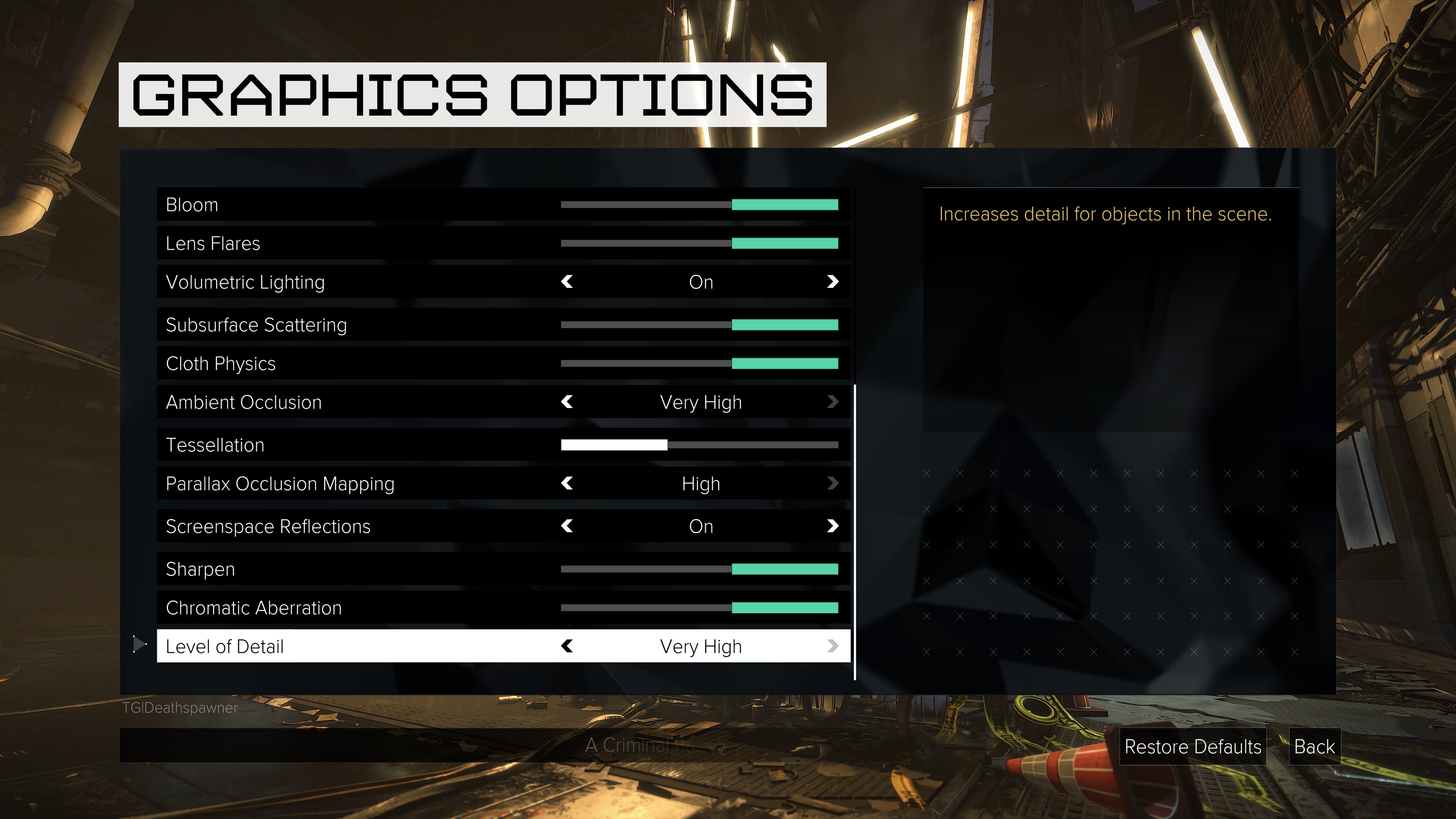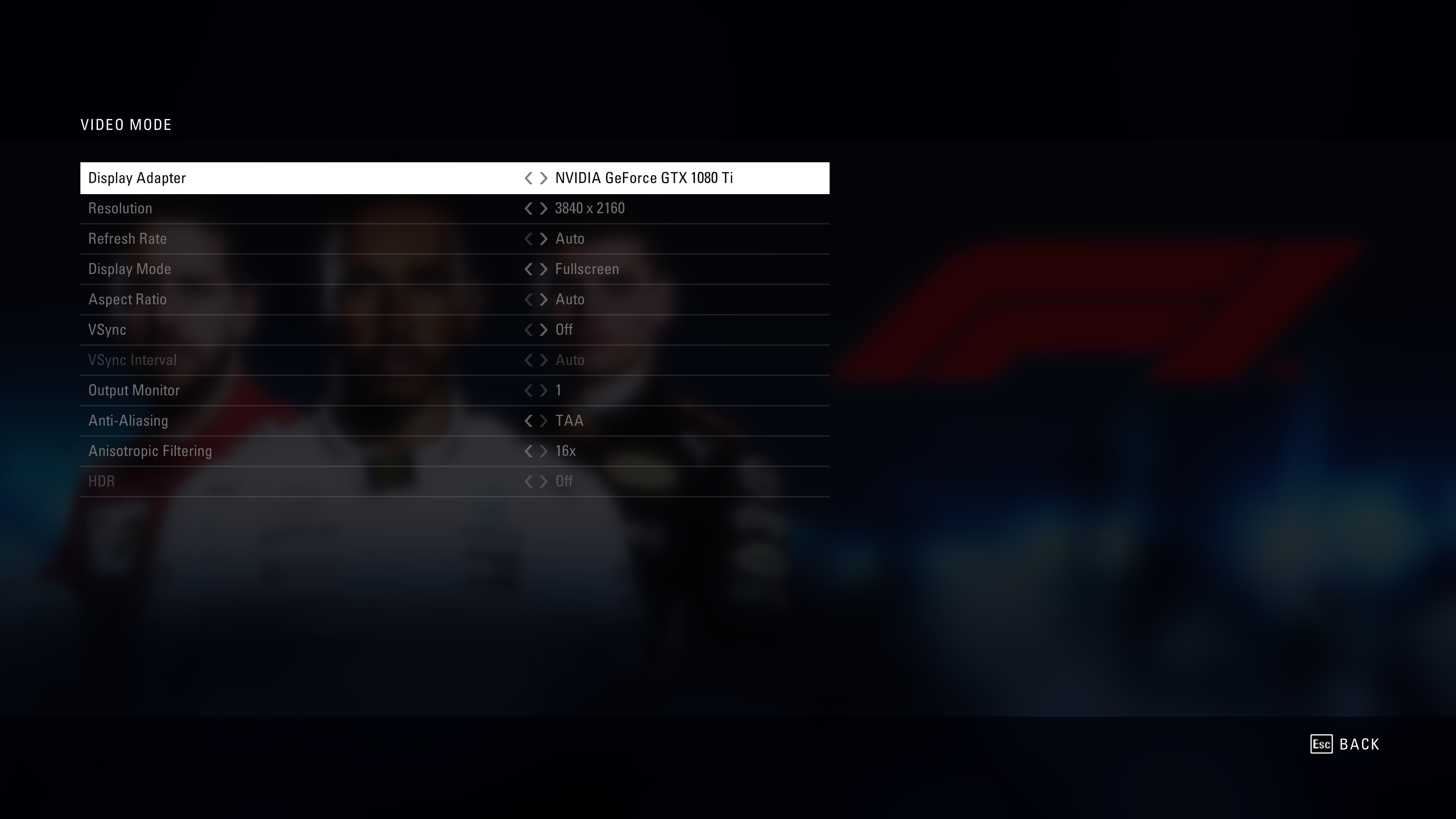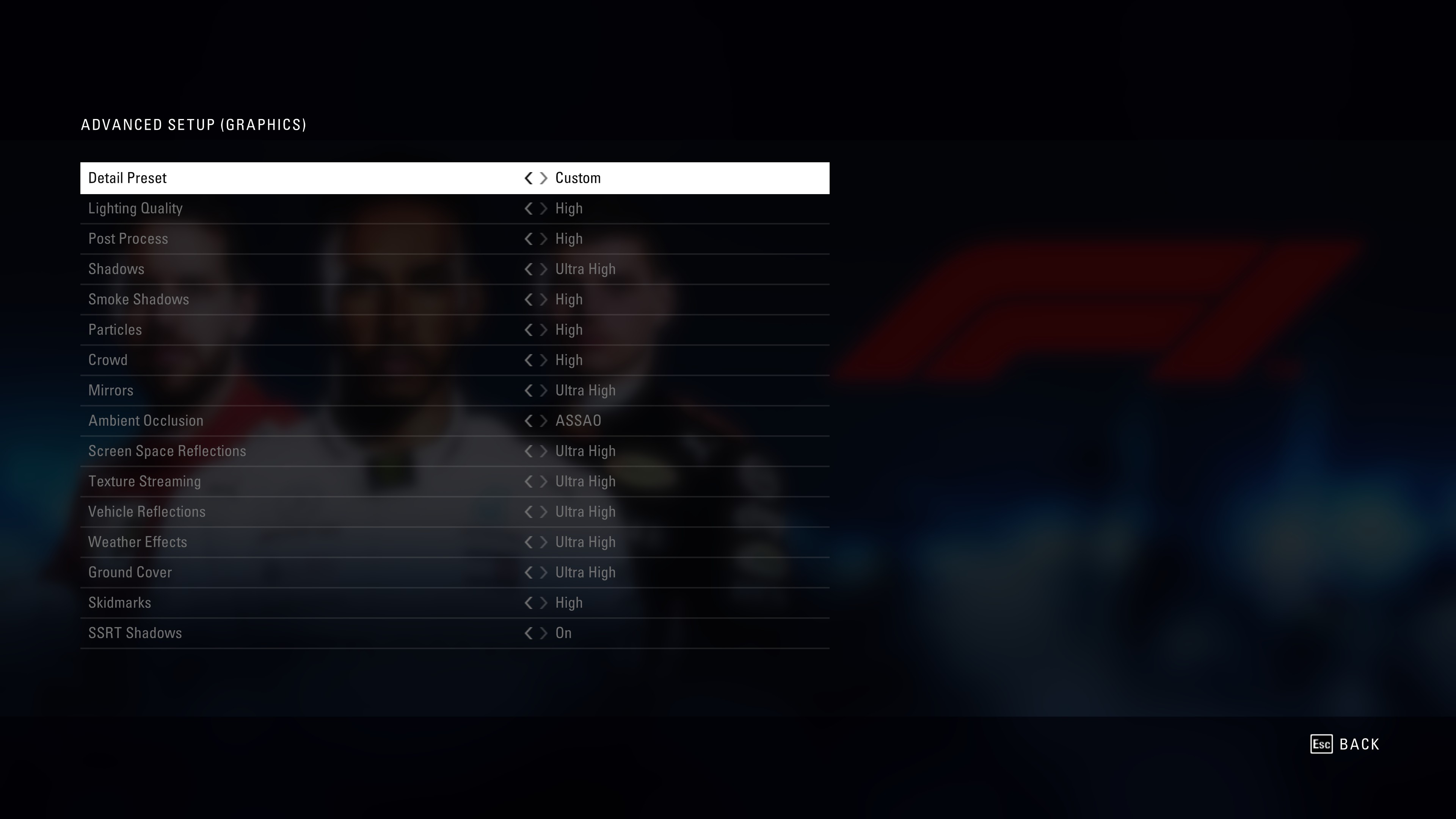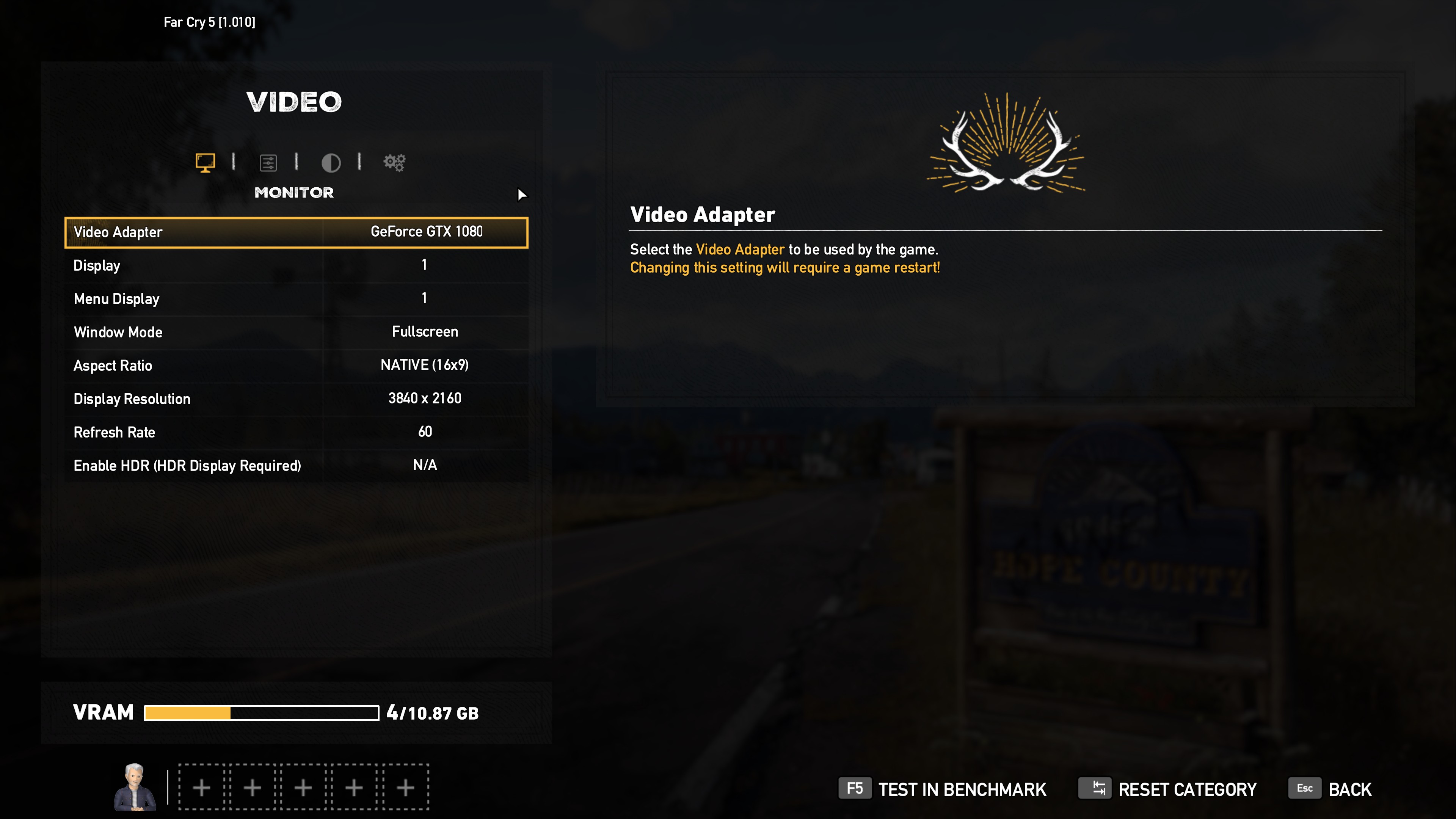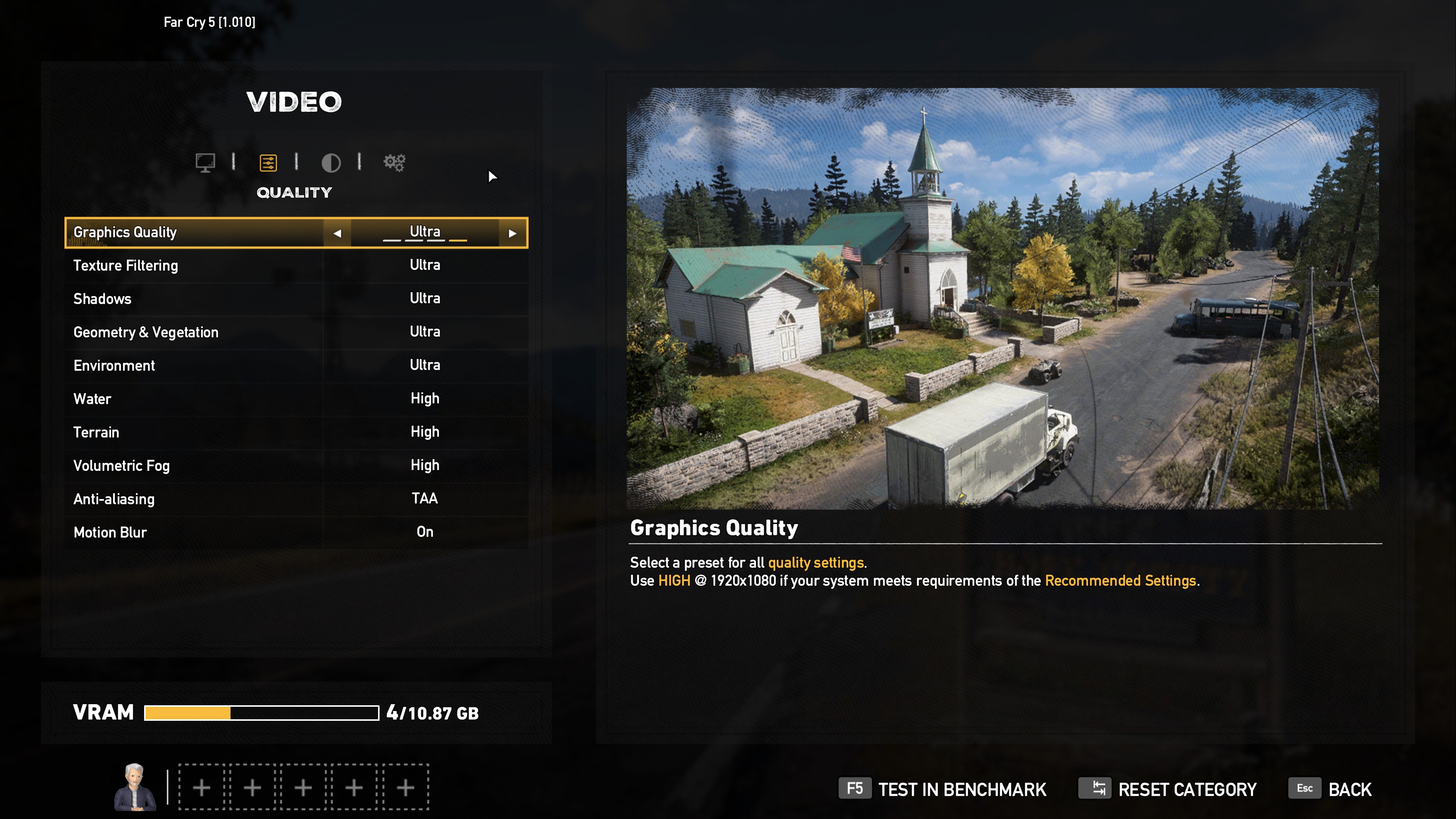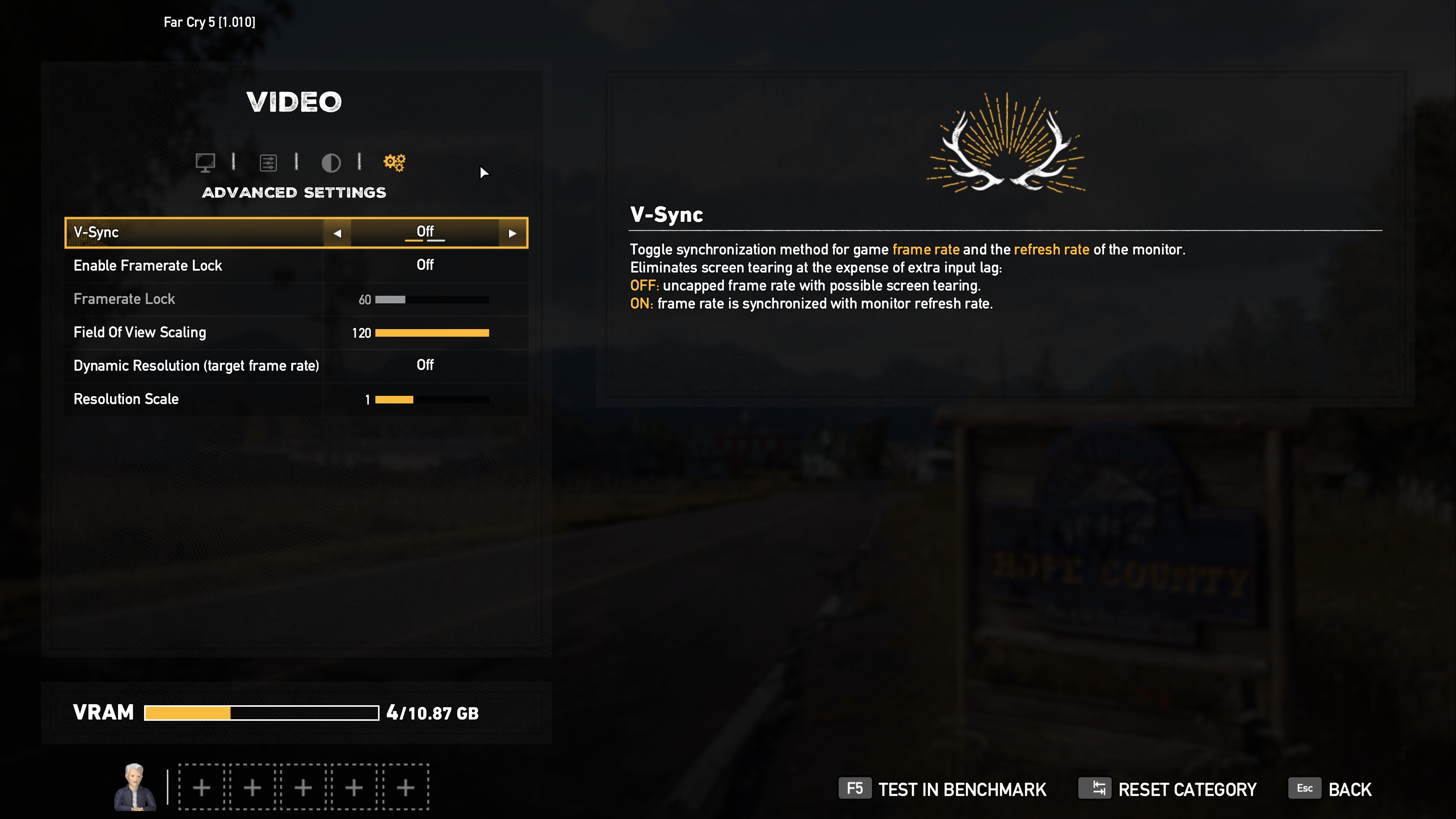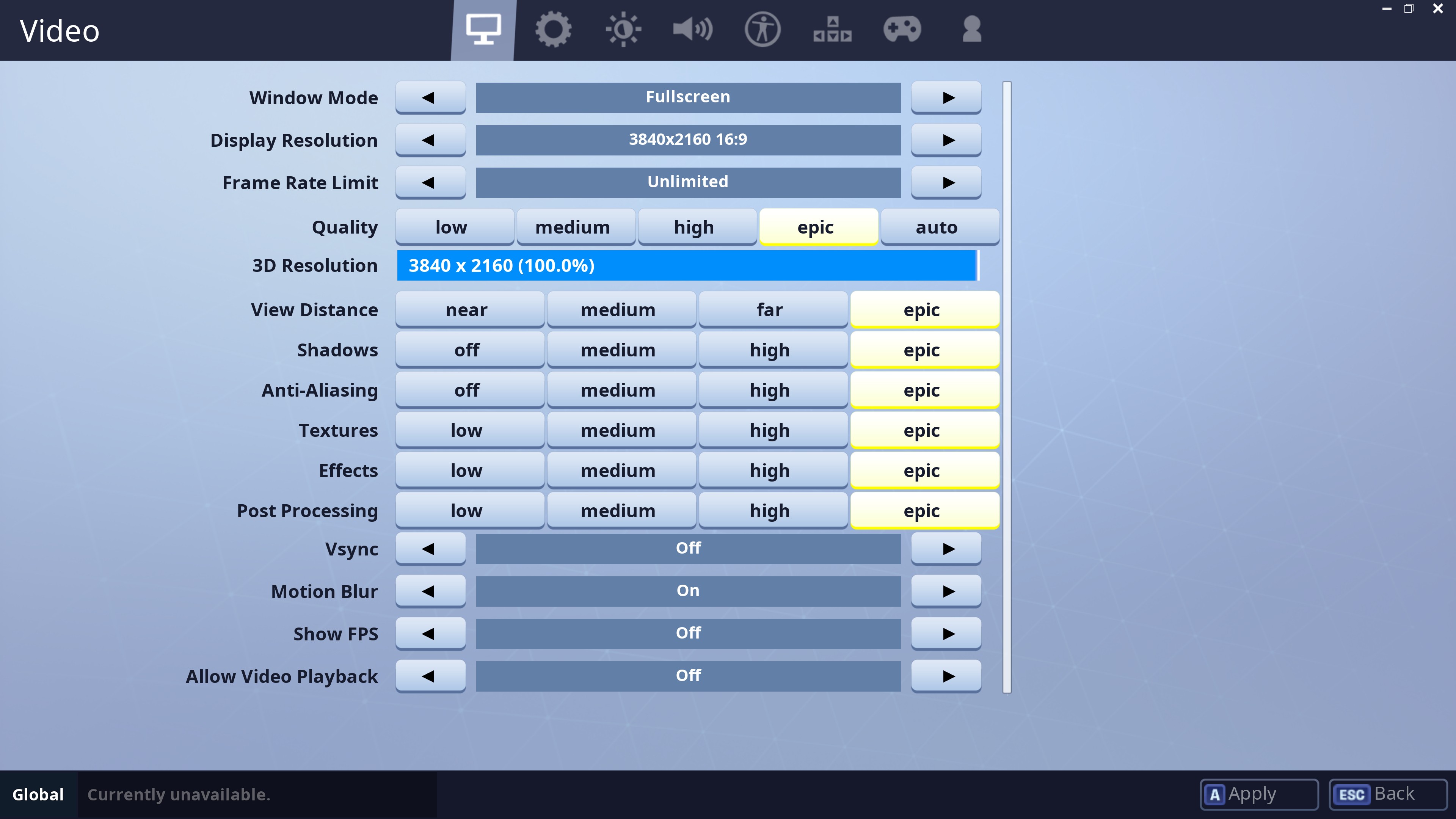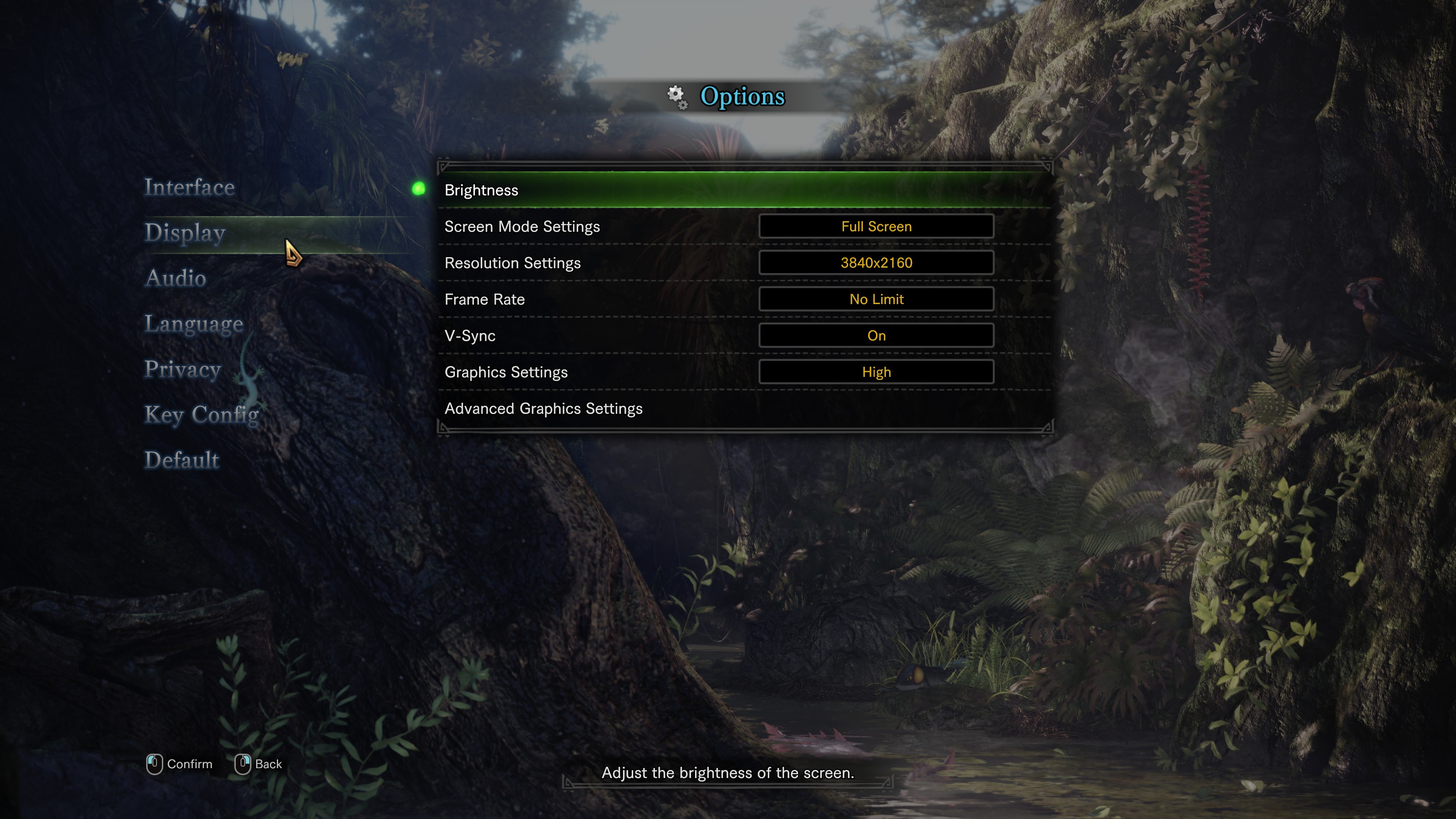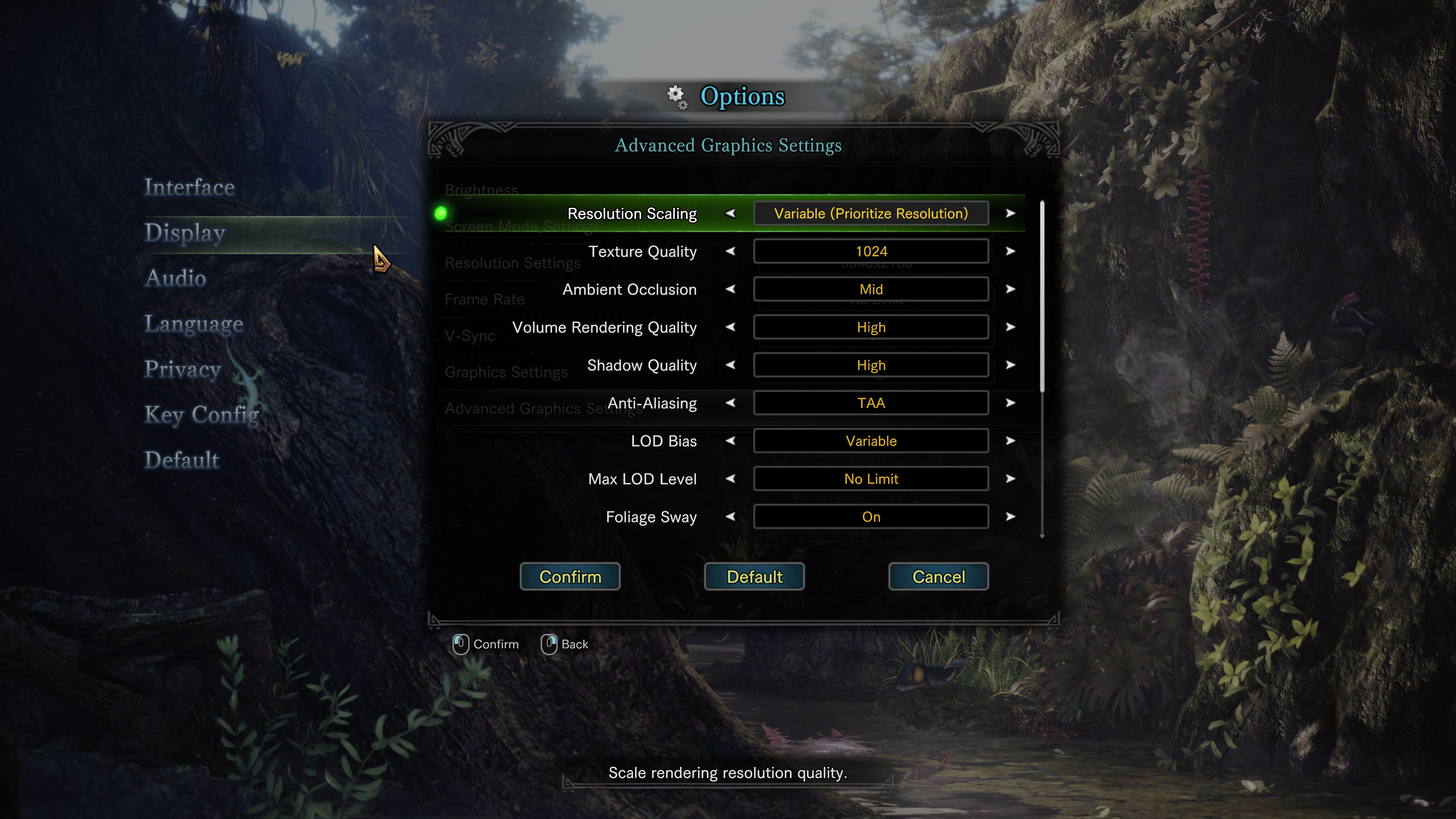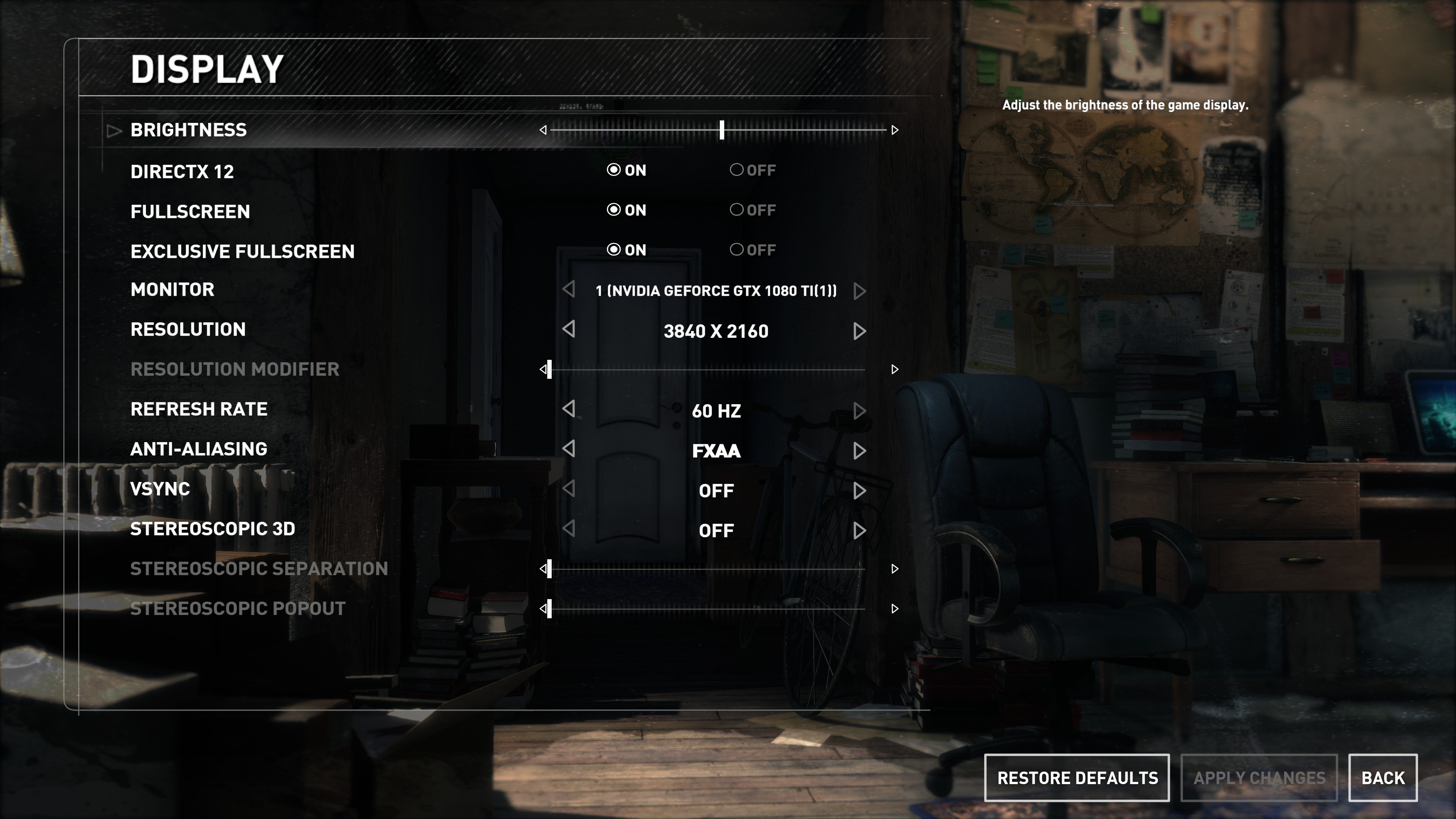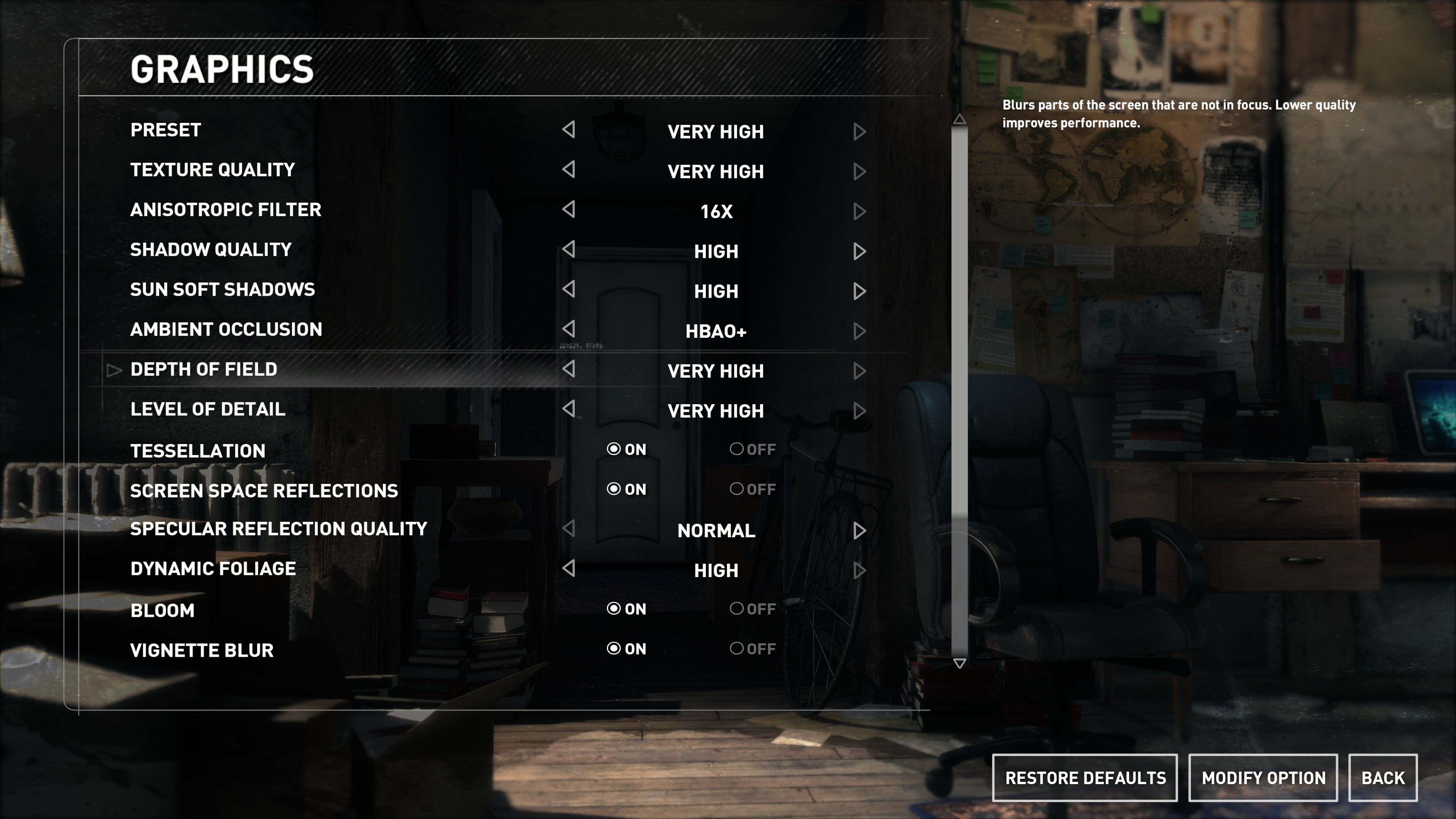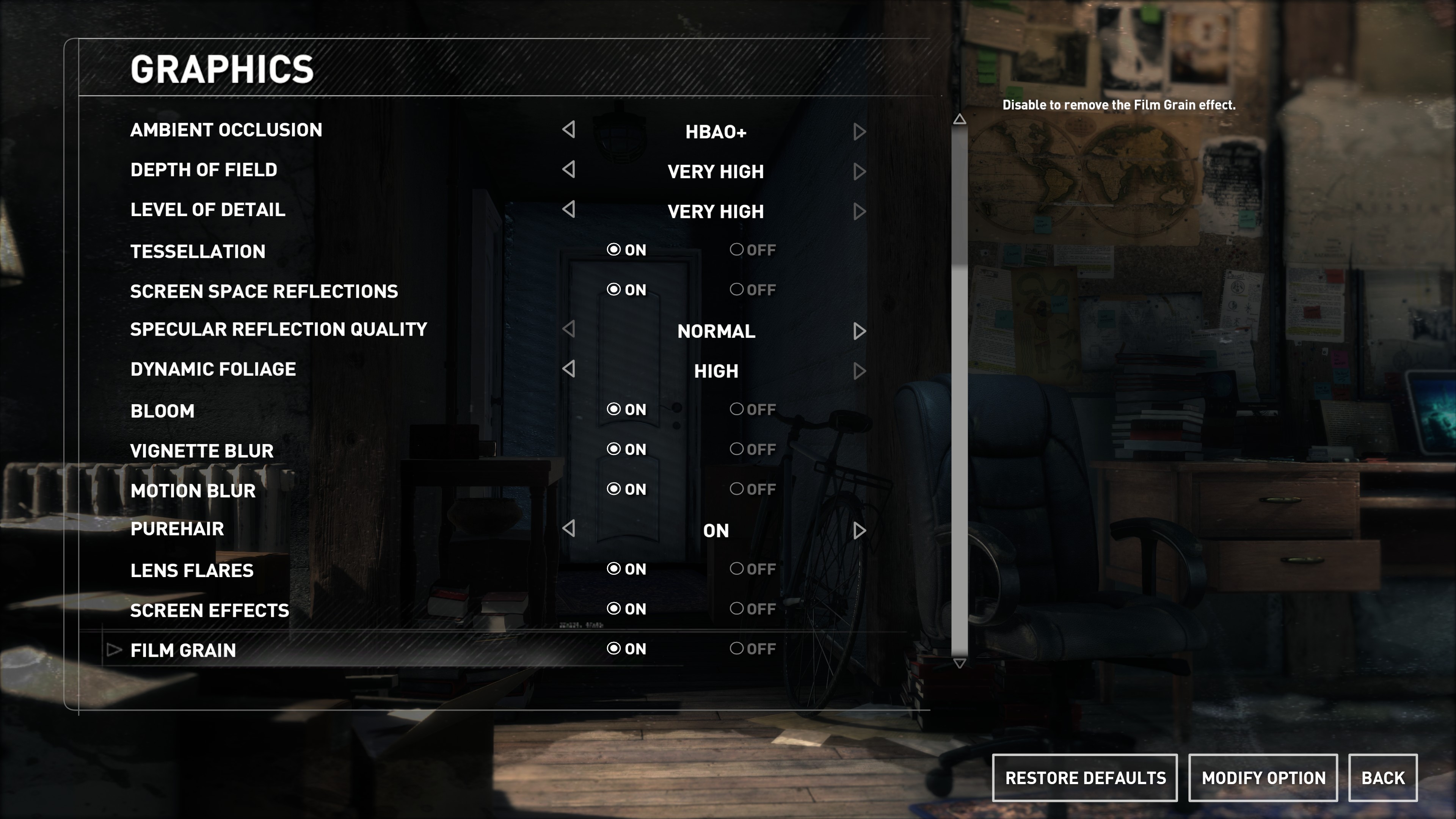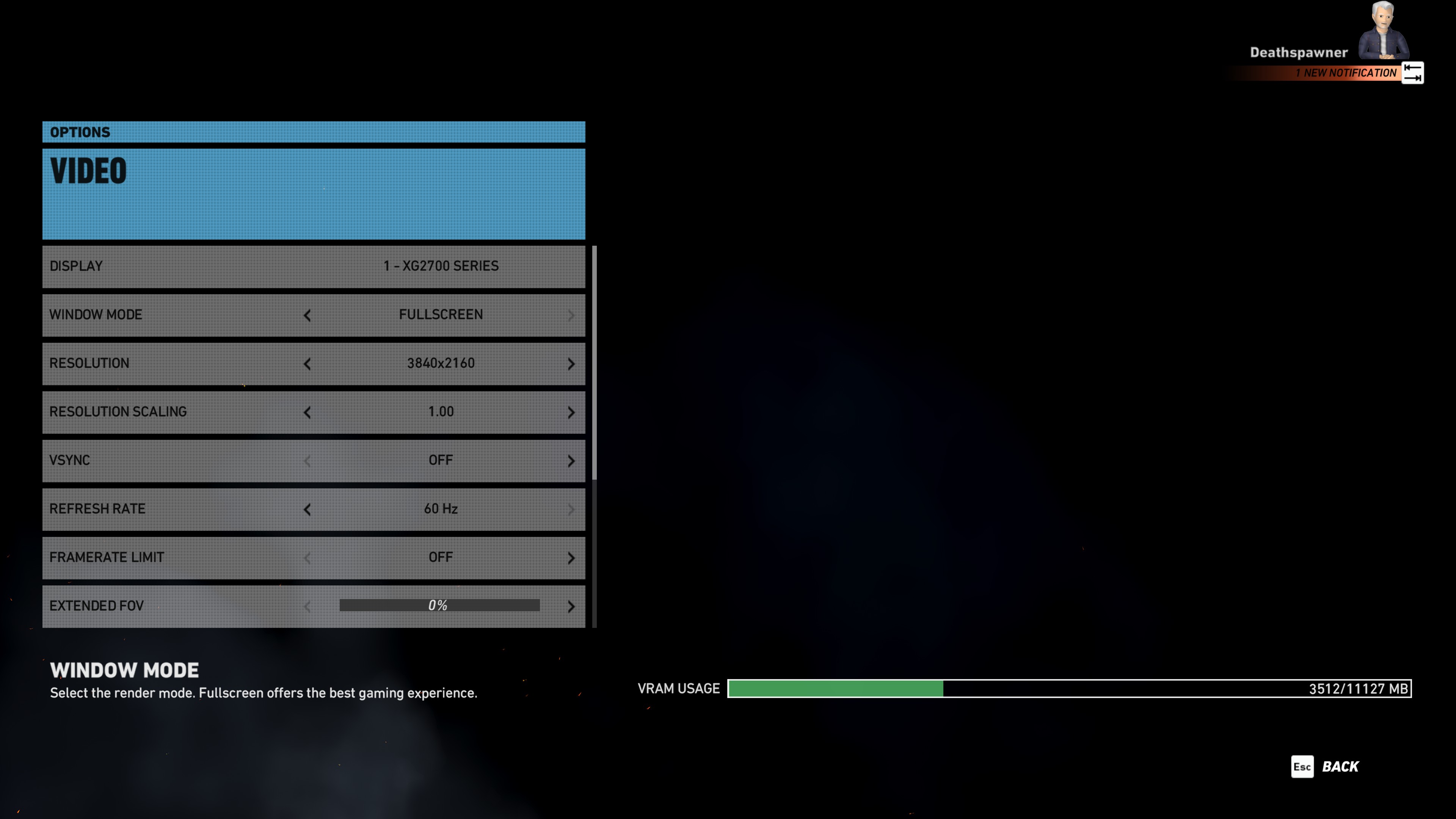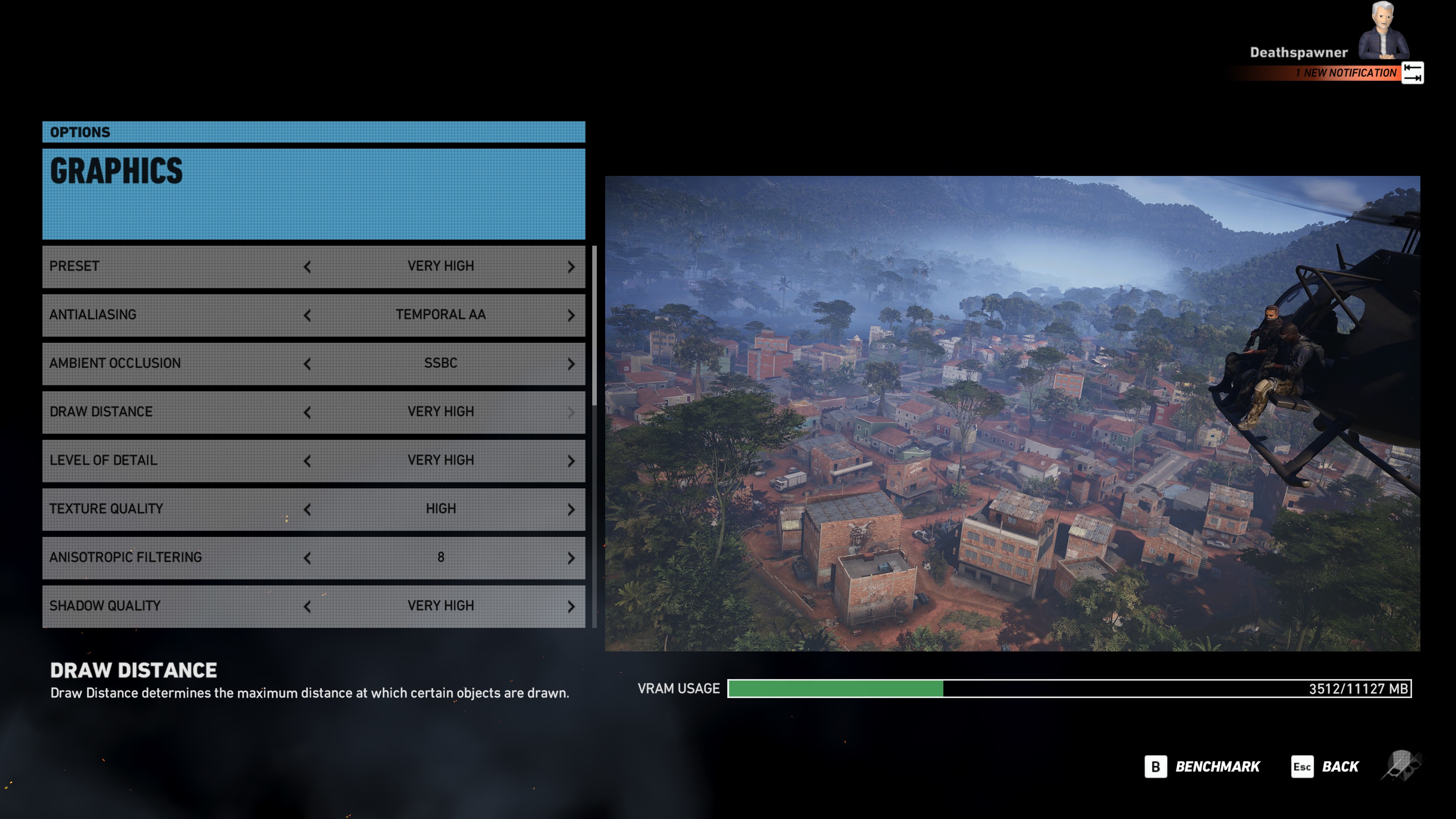- Qualcomm Launches Snapdragon 4 Gen 2 Mobile Platform
- AMD Launches Ryzen PRO 7000 Series Mobile & Desktop Platform
- Intel Launches Sleek Single-Slot Arc Pro A60 Workstation Graphics Card
- NVIDIA Announces Latest Ada Lovelace Additions: GeForce RTX 4060 Ti & RTX 4060
- Maxon Redshift With AMD Radeon GPU Rendering Support Now Available
AMD Radeon RX 590 1440p, 1080p & Ultrawide Gaming Performance

AMD’s latest Polaris-based gaming graphics card has arrived. It hits us in the form of the Radeon RX 590, a die-shrunk version of the RX 580 that enjoys a monstrous clock boost. While there isn’t a lot to be surprised about with this release, AMD proves that it hasn’t eased its aggressiveness, having augmented the launch with a killer game bundle.
Page 1 – A Look At Radeon RX 590 & Our Test Suite
Here’s a product I never thought would exist: AMD’s Radeon RX 590. Sure, the card has been floating around the rumor mill for a while, but remember when an NVIDIA GeForce card based on Volta also was? Sometimes, rumors just fall flat. And given that the Polaris architecture has already been stretched so much with the RX 500 series, I personally never expected to see a 590.
As much as I never expected this product to exist, though, it doesn’t mean that it shouldn’t. This is in effect a clock-boosted product (RX 570~590 comparison here), but it’s honestly a great clock boost, and does manage to separate the 590 from the 580 a good amount overall. AMD is suggesting pricing of $279 USD for its RX 590, which competes closest with NVIDIA’s GeForce GTX 1060, which has models for $250~$290 on Amazon. The RX 580 goes for about $250 on average, but can currently be found on sale for a mere $199 on Amazon (more on this in the final thoughts).
So how does AMD manage to crank an already nicely clocked RX 580 to 11 with another 200 or so MHz? Well, the transition to a 12nm process sure can’t hurt, and while that isn’t likely the sole reason for the boost, it makes me really want to see RX Vega built on a smaller process. That tasty new 7nm from TSMC that AMD has been trialing can’t get here quick enough.
AMD handled full sampling for the RX 590, so I can only imagine that I was chosen to receive a “Fatboy” model for an obvious reason – one that has nothing to do with Harley-Davidson. The reason for the card to be called Fatboy is because it takes up more than 2 slots, but only slightly. I personally do not think this is justified for a mid-range product, but I’m not going to judge when the GPU can hit 78°C with ease as-is.
Aside from the reminder that I need to purge some pounds, XFX’s Fatboy can take advantage of Radeon Chill, to run super-quiet when the load is not that great, includes a backplate for improved heat dissipation, and has a dual-BIOS for those who like to get crafty with their gear. The card is also said to be overclockable (by XFX), but that’s testing I skipped since I had to catch up on 1080p benchmarks for this article (since I had none from the last suite update).
| AMD’s Radeon Gaming GPU Lineup | |||||||
| Cores | Base MHz | Peak FP32 | Memory | Bandwidth | TDP | Price | |
| Vega 64 | 4096 | 1546 | 12.6 TFLOPS | 8 GB 4 | 484 GB/s | 295W | $499 |
| Vega 56 | 3584 | 1471 | 10.5 TFLOPS | 8 GB 4 | 410 GB/s | 210W | $449 |
| RX 590 | 2304 | 1576 | 7.1 TFLOPS | 8 GB 3 | 256 GB/s | 225W | $279 |
| RX 580 | 2304 | 1340 | 6.1 TFLOPS | 8 GB 3 | 256 GB/s | 185W | $229 |
| RX 570 | 2048 | 1244 | 5.1 TFLOPS | 8 GB 3 | 224 GB/s | 150W | $179 |
| RX 560 | 896 | 1175 | 2.6 TFLOPS | 4 GB 3 | 112 GB/s | 80W | $119 |
| RX 550 | 640 | 1183 | 1.2 TFLOPS | 2 GB 3 | 112 GB/s | 50W | $99 |
| Notes | 1 GDDR6; 2 GDDR5X; 3 GDDR5; 4 HBM2 Architecture: RX 550~590 = Polaris; RX Vega 56 & 64 = Vega |
||||||
When PowerColor decided to leak the RX 590 earlier this week, its website reported on a 17% performance boost. The RX 590 is rated at 7.1 TFLOPS by AMD, which gives us about a 16% boost over the RX 580. I’d tell you if that proves true right here if I didn’t have a couple of pages ahead I wanted you to actually look at. But, you can probably take an accurate guess if you don’t feel like clicking ahead.
There is really not too much else to say, so let’s get going:
A Look At Test Methodology
| Techgage Gaming GPU Test PC | |
| Processor | Intel Core i7-8700K (3.7GHz, 6C/12T) |
| Motherboard | EVGA Z370 FTW CPU tested with BIOS 1.09 (August 20, 2018) |
| Memory | G.SKILL TridentZ (F4-3400C16-8GSXW) 8GB x 2 Operates at DDR4-3400 16-16-16 (1.35V) |
| AMD Graphics | AMD Radeon RX Vega 64 (8GB; Radeon 18.8.2) AMD Radeon RX Vega 56 (8GB; Radeon 18.8.2 + Nov 14) AMD Radeon RX 590 (8GB; Radeon Nov 14) AMD Radeon RX 580 (8GB; Radeon 18.8.2 + Nov 14) AMD Radeon RX 570 (4GB; Radeon 18.8.2 + Nov 14) AMD Radeon RX 550 (2GB; Radeon 18.8.2) |
| NVIDIA Graphics | NVIDIA GeForce RTX 2080 Ti (11GB; GeForce 411.51) NVIDIA GeForce RTX 2080 (8GB; GeForce 411.51) NVIDIA GeForce RTX 2070 (8GB; GeForce 416.34) NVIDIA TITAN Xp (12GB; GeForce 399.07) NVIDIA GeForce GTX 1080 Ti (11GB; GeForce 399.07) NVIDIA GeForce GTX 1080 (8GB; GeForce 399.07) NVIDIA GeForce GTX 1070 Ti (8GB; GeForce 399.07) NVIDIA GeForce GTX 1070 (8GB; GeForce 399.07 + 416.34) NVIDIA GeForce GTX 1060 (6GB; GeForce 399.07 + 416.34) NVIDIA GeForce GTX 1050 Ti (4GB; GeForce 399.07) NVIDIA GeForce GTX 1050 (2GB; GeForce 399.07) |
| Storage | Kingston SSDNow V310 960GB (SATA 6Gbps) |
| Power Supply | Corsair RM650x (650W) |
| Chassis | NZXT S340 Elite Mid-tower |
| Cooling | Corsair Hydro H100i V2 AIO Liquid Cooler (240mm) |
| Et cetera | Windows 10 Pro (64-bit; build 17134) |
Since 1080p testing hadn’t been conducted at all since the last test machine overhaul a few months ago (which will soon be overhauled again with the i9-9900K), the GTX 1060, GTX 1070, RX 570, RX 580, RX 590, and Vega 56 were tested with the latest driver only at that resolution. While 399.07 to 416.34 seems like a mammoth jump, it actually represents only two months of driver releases.
Games Tested & Vendor Neutrality
A total of eight games are included in our current test suite. Some have appeared here before, while others make their first appearance: Monster World Hunter, Fortnite, and F1 2018. I had planned to include PlayerUnknown’s Battlegrounds as a ninth title, but the results were too sporadic to inspire any sort of confidence (an issue not seen in Fortnite, by comparison).
Here’s the full list of tested games and developer allegiances, as well as synthetic tests also used:
- Battlefield 1
- Deus Ex: Mankind Divided – AMD partner
- F1 2018
- Far Cry 5 – AMD partner
- Fortnite
- Monster Hunter World
- Rise of the Tomb Raider – NVIDIA partner
- Tom Clancy’s Ghost Recon Wildlands – NVIDIA partner
- UL 3DMark & VRMark
- Unigine Superposition
This article is going to be the last for this particular suite, as some games are now on the market that should be slipped in here. Battlefield 1 will be replaced with Battlefield V, and Rise of the Tomb Raider will be replaced with Shadow of the Tomb Raider. I might also drop Fortnite since there hasn’t been much demand, and it’s a time-consuming chore to test (a built-in benchmark for online games would be great).
For our apples-to-apples testing, the graphics settings seen above apply to every one of our tested resolutions so as to deliver standard apples-to-apples results. In most cases, each configuration is tested twice, with more runs added if the initial results make the extra testing necessary (which is actually rare, even with manual runs). Fortnite is the only game tested three times by default due to its variable nature.
While it is not at all targeted at the resolution, I ran the RX 590 through 3440×1440 tests since it was easy to do, and I wanted to see if it was possible to get any reasonable framerates out of the wider 1440p resolution. 4K has about 70% more pixels than 3440×1440, so… don’t count on RX 590 being too useful there. Ideally, the more modest ultrawide resolution of 2560×1080 would have been tested, but time unfortunately didn’t allow it.
Similarly, I also tested the Vega 56 at 1080p only because I saw some comments around the web requesting the comparison. Apparently, Vega 56 can sometimes drop to nearly $300 (though I have not yet seen it), so if you ever find a blockbuster deal like that, you don’t even think about it – you just splurge the extra, and forget about the RX 590.
Support our efforts! With ad revenue at an all-time low for written websites, we're relying more than ever on reader support to help us continue putting so much effort into this type of content. You can support us by becoming a Patron, or by using our Amazon shopping affiliate links listed through our articles. Thanks for your support!




